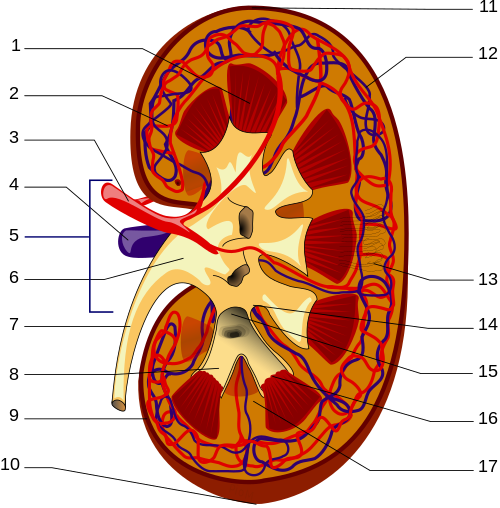
Photo from academic.microsoft.com
Exhausted vasculature is not uncommon in patients receiving long-term hemodialysis treatment. Certain patients exhaust their peripheral veins and do not retain the venous capital necessary for fistula creation. Others suffer… Click to show full abstract
Exhausted vasculature is not uncommon in patients receiving long-term hemodialysis treatment. Certain patients exhaust their peripheral veins and do not retain the venous capital necessary for fistula creation. Others suffer from severe peripheral arterial disease and despite the presence of adequate venous capital are not able to receive an arteriovenous access successfully. Most importantly, in the case of occluded central veins, the creation of an arteriovenous access in the arms or thighs would be futile, even if peripheral veins and/or arteries were available. Because renal transplant is not readily available, such patients virtually face death in the absence of dialysis therapy. Hence, it is critically important that vascular access options be available to successfully receive renal replacement therapy. This article describes accesses of last resort and provides information vital to nephrologists for discussion with their patients and to surgeons in choosing an optimal option.
Journal Title: Kidney international
Year Published: 2018
Link to full text (if available)
Share on Social Media: Sign Up to like & get
recommendations!